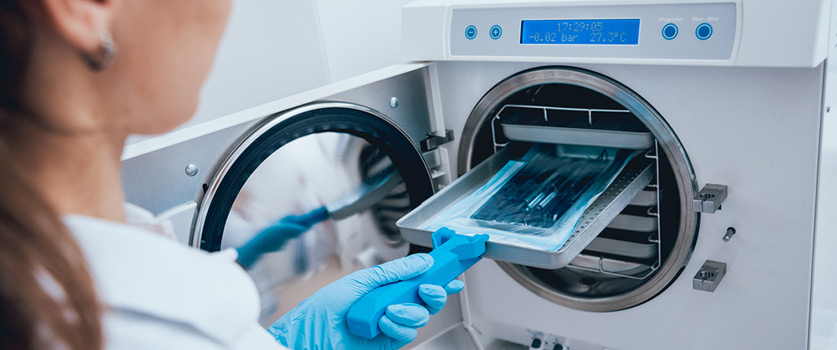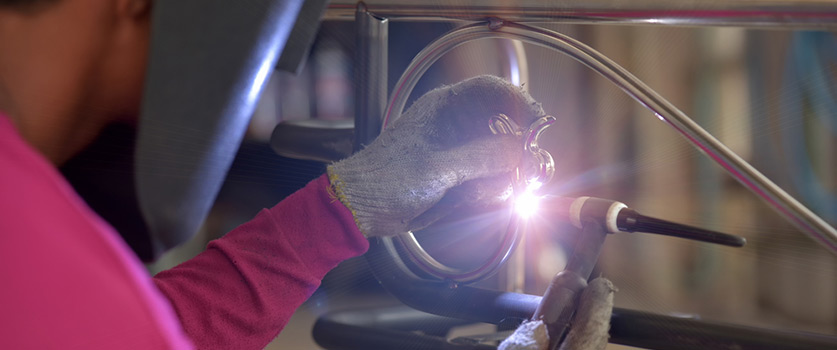Argon vs. Nitrogen Purging for Atmospheric Inerting
March 31, 2020
The manufacture and storage of electronics, chemicals, and moisture-sensitive materials frequently require the use of an inert environment. The presence of atmospheric air within these processes will cause damage and diminish their useful lifespans due to the corrosive effects of oxygen, moisture, and other suspended impurities.

An industrial solution to this problem involves the use of purging techniques using inert gases such as nitrogen and argon. While both gases are effective in achieving the required inerting, argon-purged vs. nitrogen-purged containers have significant physical, chemical, and financial differences.
In this article, we will consider the benefits and drawbacks of using an argon vs. nitrogen purge process.
Nitrogen Gas
Gaseous nitrogen has unique properties that make it suitable for inerting industrial processes. Nitrogen’s intrinsic chemical stability will reduce the chances of unwanted chemical reactions/combustion from occurring.
Structurally speaking, nitrogen is composed of two atoms that make up its molecule (N2) with no free electrons. As a result, it exhibits properties like a noble (completely inert) gas.
How Is Nitrogen Gas Generated
Although nitrogen is ubiquitous, to generate an industrially significant amount of the gas requires manufacturers to opt for one of three methods of synthesis.
- Pressure swing adsorption (PSA) techniques based on the differential adsorption of a gas mixture when passed through an adsorbent material.
Get a quote on GENERON® PSA Nitrogen Generators
- Membrane nitrogen generation that is done using a semipermeable membrane to separate a gaseous mixture into its constituents.
Get a quote on GENERON® Membrane Nitrogen Generators
- Fractional distillation produces gas of a very high-percentage purity.
The choice of technique used in nitrogen production depends on operator requirements for nitrogen purity and cost considerations.
Why Is Nitrogen a Good Gas to Use for Inerting?
In an industrial setting, there are some significant benefits that make nitrogen blanketing and inerting ideal. Although nitrogen is not a noble gas, it is one of the most chemically stable gases occurring naturally in the environment. Due to its abundance in nature, it can be harnessed for inerting purposes at cost-effective rates.
Further, a key aim in atmospheric inerting is the prevention of oxidation which is done by introducing calculated quantities of nitrogen to displace the environmental oxygen. Passing a stream of gaseous nitrogen through an industrial process will displace the oxygen present or keep its levels below ranges where unwanted oxidative processes will occur.
Finally, the use of onsite nitrogen generators will ensure the synthesis of only require amounts of the gas when needed, eliminating the need for storage space and boosting overall process efficiency.
Argon Gas
Argon is an example of a noble gas, which means it is completely stable. It possesses a high level of non-reactivity to other chemical substances. This makes it suitable for industrial processes including argon blanketing. Argon gas is denser than air which makes it ideal for the displacement of oxygen within confined areas.
How Is Argon Gas Generated?
Despite being one of the most commonly occurring noble elements, argon gas constitutes only a small proportion of atmospheric air along with other noble gases (0.934%). As a result, synthesizing argon gas is significantly more costly than generating nitrogen. A pure form of gaseous argon can be recovered from atmospheric air by distilling its liquefied fractions at very cold temperatures.
Why Is Argon a Good Gas to Use for Inerting?
Due to its properties that make it colorless, odorless and non-toxic, argon gas is quite useful in industrial applications like paint-making, food, and beverage manufacturing. In these applications, purging with argon will not alter product quality, thus ensuring uniformity in product standards.

In industrial applications at risk of corrosion, inerting with argon is a smart choice. Argon can be effectively used in purging metal works that are moisture-sensitive.
Argon vs. Nitrogen Inert Atmosphere
While both argon and nitrogen will attain a similar level of inerting, there are differences in their chemical nature that influence the applications in which they are used.
Argon is a denser gas than nitrogen, and an industrial application purged using argon will keep moisture and oxygen out more effectively as a result. Its molecules will disperse less easily than with nitrogen. However, generating an argon inert atmosphere is more expensive than using nitrogen due to the higher cost of argon synthesis.
What About an Argon-Nitrogen Mixture?
In some cases, an argon-nitrogen gas mixture may be used to achieve efficient industrial atmosphere inerting. The concentrations of each gas depend on the industrial process and requirements involved.
GENERON Has the Inerting Solutions You Need
In the last four decades, GENERON has consistently provided its clients with the most efficient gas solutions for achieving maximal industrial productivity in a cost-effective manner. Our nitrogen generators have been effectively implemented in industrial processes including inerting and purging.
Contact us today for a quote or for more information about the inerting solutions we offer.
